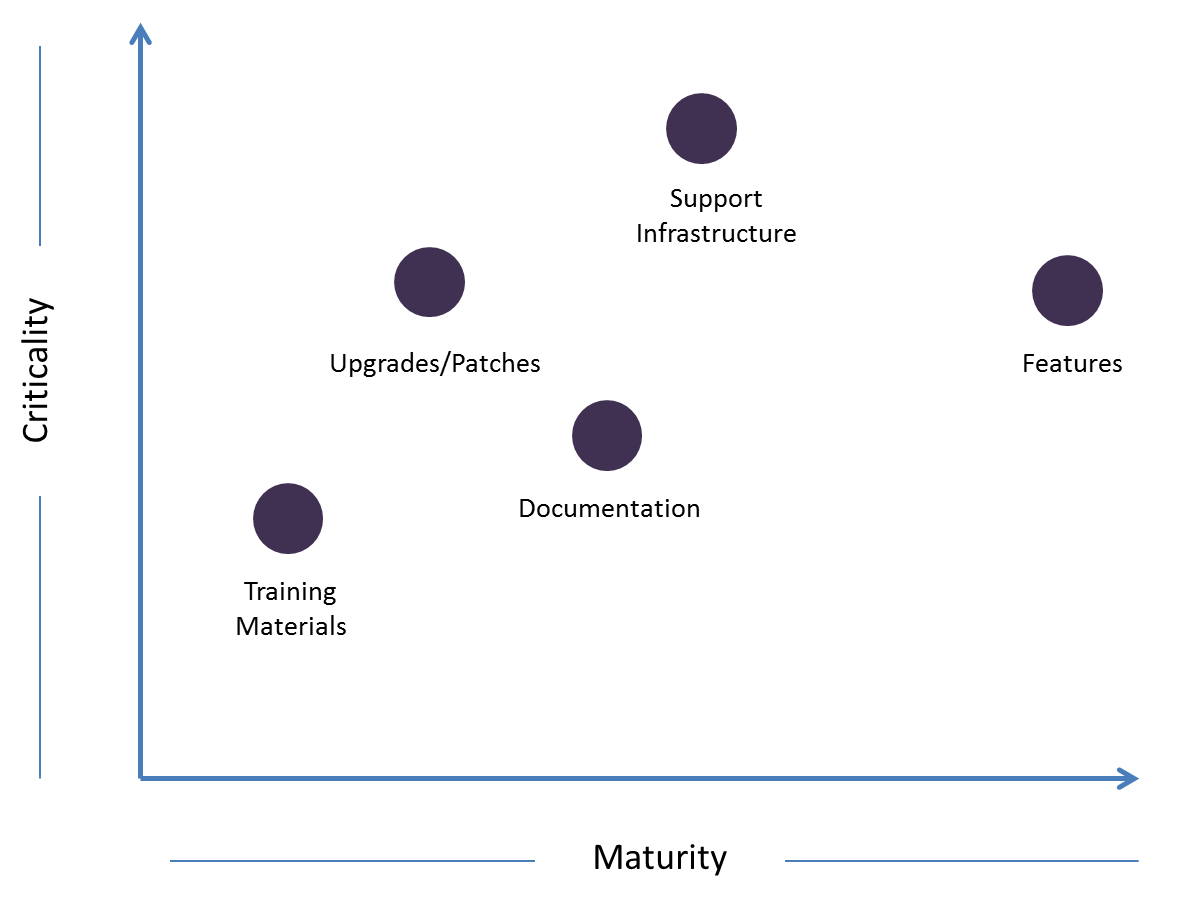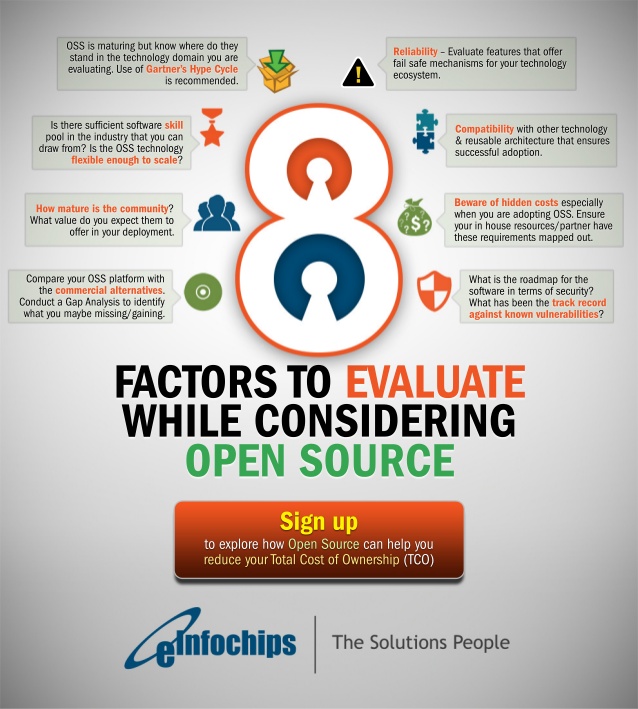Are we really saving cost adopting Open Source?
This is the question I kept asking myself while writing this article in Med Device Online. Over the years I have come across dozens of articles and papers that infer Open Source reduces cost by eliminating the hidden factors plugged by commercial companies as license cost. I had even spoken to Project Managers and CTO’s, who gave me a first-hand account of how Open Source Solutions, be it monitoring tools like Nagios or ecommerce/web platforms like Magento, WordPress, Drupal helped them reduce their investment, while not making major trade-off in terms of features.
It takes beyond saying that Open Source have matured and has to be one of the more disruptive movements in the last decade. The fact that Open Source has significant market presence in a commercial space itself is a testament that there is a shift globally. In these years, we have Open Source alternatives for every business domain or use case, governments leading their way in Open Source investments, the size of OSS deals have quadrupled, and Open Source is leading the way on upcoming industry trends like Big Data, Mobile applications and Cloud. It seems like Open Source is everywhere. Why? It’s due to the advantages that it brings to the table, like:
- Reduction in cost
- Simplified manageability
- Maintainability
- High Availability
- Reliability
- Performance and Security
But how does Open Source really save cost? Is there a formula that we all can rely on? I decided to do some secondary research and this is where I landed.
The lifecycle of a software acquisition has 5 broad stages

Stages of Open Source Platform
Every software acquisition has a combination of factors which we can consider as the Soft and Hard factors.
- Hard Cost – License fees, Support Contracts, Hardware Expenses, Installation on Infrastructure.
- Soft Cost – Infrastructure Facilities, Labour, Power, Testing Infrastructure and Maintenance.
What is surprising is that the hard factors of cost only make up 20% of the acquisition cost. But the general perception within the industry accounts more weight to these hard factors over soft factors. As this survey [2] suggests, part of the reason is factors like software acquisition cost, maintenance and contracted support are easy to estimate while exit costs, cost of change management or training are difficult to put into paper.
So how does Soft Costs for Open Source compare with Commercial Vendors – More or less the same. On the contrary, commercial vendors with their concentrated ownership and investment on product roadmap often fare better in reducing the soft cost over Open Source solutions. Let me explain the point with an example
Consider that you have acquired an Open Source solution with the objective of realizing the benefits we discussed above. If you are developing the solution in-house, you need resources to be trained, run them through sessions on quality, develop usability for the platform and more just to get them started. Not to mention the miscellaneous factors like developer skills, availability of clear and concise documentation, development methodology, clarity in requirement gathering etc. Open Source software managed by an enterprise or community often tend to be weak in this space compared to commercial vendors who have an inherent demand w.r.t. the consistency in development in these areas. In such cases, Open Source can become an overhead and can even increase your costs thereby resulting in escalations, more price pressures in cutting down costs as well. So if we do not take a cautious approach and focus in saving the 20% cost of the solution, we might end up messing with the 80% which in case of mission critical applications can be dangerous.
In the above example, we discussed how commercial vendors are better in the post-acquisition stages compared to Open Source. But, I consider that Open Source solutions are increasingly showing improvement here, and this is the area where Open Source Value Added Resellers (VARs) come into play. We are not saying that all Open Source VARs are committed to the ideology of supporting the software, but it is our core belief at eInfochips while investing on Open Source platforms. Hence, while forming partnerships on Open Source platforms, OSS VARs are not just deploying the technology for the customers but filling the gaps missing from the solutions that would help their customers in seamless adoption of the platform. This includes ramping up skills, internal training sessions, processes that take into factor various development scenarios, optimization in terms of infrastructure (Center of Excellence) for customers to manage their solutions.

Maturity Graph of a Sample Open Source Platform
In the above diagram, I have tried to chart an Open Source Software where some components (upgrades, training materials) are not exactly matured or enterprise ready. VAR can play a part in the soft aspects of a software roadmap be it upgrades, patches, documentation, support plan, or training materials. That can overall improve the adoption and help customers reduce cost and truly leverage the advantage of Open Source be it flexibility, scalability and reliability on open standards in a long run. Hence, next time you are evaluating Open Source it’s not just about the software, it’s also about the vendor.
[1] Oracle Whitepaper – The Department of Defense (DoD) and Open Source Software – Link
[2] Total cost of ownership of open source software: a report for the UK Cabinet Office supported by OpenForum Europe – A Report by Maha Shaikh and Tony Cornford – London School of Economics – Link
If you liked this post also checkout our Infographics – 8 factors to evaluate while considering open source















